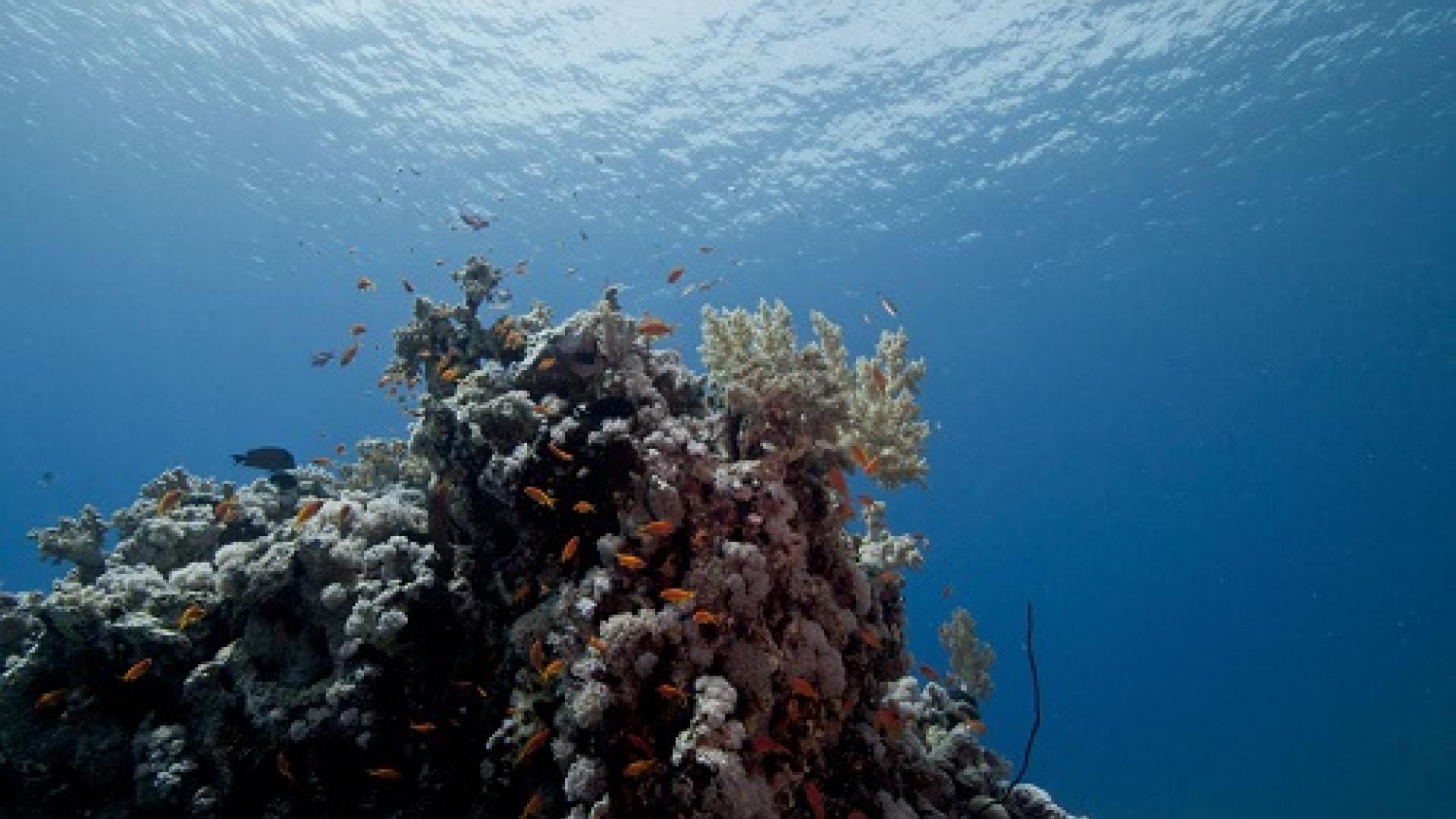© 2015 KAUST
The health of oceanic ecosystems relies on a delicately balanced supply of nutrients, such as nitrogen and carbon distributed around the globe by oceanic, atmospheric and biological circulation. As the effects of global warming take hold, increased disruption of this precarious "nutrient cycle" is likely, with severe knock-on effects in the world’s oceans.
Scientists at KAUST are collaborating on research to understand and model nutrient cycling in the Red Sea, and aim to potentially provide a model for future healthy oceans.
The Red Sea is located in an arid to semi-arid zone between Africa and Asia. With high levels of evaporation, a narrow opening to the Arabian Sea and no rivers to contribute nutrients from the surrounding land, the Red Sea is highly saline and nutrient poor — an "ultra-oligotrophic" environment. Organisms such as corals and photosynthetic plankton have adapted to thrive under these extreme conditions. As climate change takes hold, other ecosystems could become more like the Red Sea.
“Similar oligotrophic environments are found in ocean basins — deep, isolated areas that are very difficult to reach,” said Carlos Duarte, a professor in KAUST’s Red Sea Research Center. “Despite representing 70 percent of the world’s ocean environment, these systems are still poorly understood. It was only recently that we uncovered details of deep-sea carbon cycling in the Atlantic and Pacific, for example.”
Duarte’s current research focuses on sources of nutrients for the Red Sea, including the role that dust from the surrounding deserts plays in propelling Red Sea productivity. Starting in early 2016, he plans to survey nutrient status in coastal habitats.
KAUST Associate Professor Ibrahim Hoteit, who models oceanic and atmospheric circulation, focuses on nutrients driven by the Arabian monsoon. He has discovered that more intense monsoons, driven by global warming, could increase fertility in a warmer Red Sea thanks to an increased influx of nutrients imported from the Arabian Sea.
Read the full article


